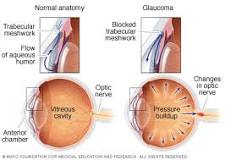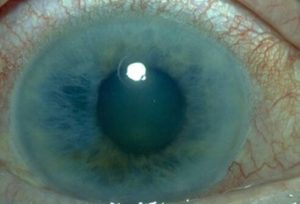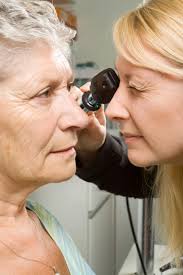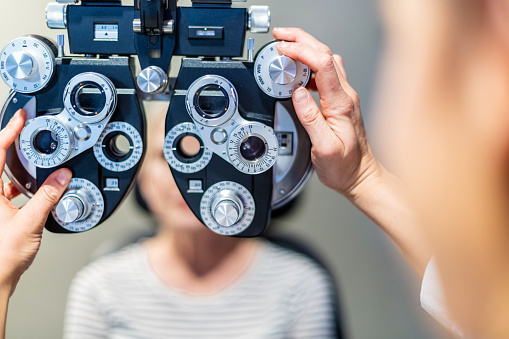Elderly Vision Problems
Two years ago, I did a short series on seniors and vision problems. I first shared what the six most common problems are and then moved on to ways seniors can adapt. The most common vision problem among the elderly is glaucoma. Before going any further, let’s first get a working definition and understanding of what it is we’re talking about.
Glaucoma Definition

According to the Mayo Clinic1, “glaucoma is a group of eye conditions that damage the optic nerve, the health of which is vital for good vision. This damage is often caused by abnormally high pressure in your eye. Glaucoma is one of the leading causes of blindness for people over the age of 60. It can occur at any age but is more common in older adults.”
Statistics gathered by the National Eye Institute2 estimate that over 2 percent of seniors suffer from glaucoma. Granted, that is not a huge percentage, but it translates into a million or more seniors suffering from the disease. That number, says the Institute, will likely double by 2050. Complicating this is the fact that there is more than one type of glaucoma.
Types of Glaucoma

The Glaucoma Research Foundation lists multiple types of glaucoma3. The two most common, especially among seniors, are open-angle and angle-closure. Open-angle glaucoma “is caused by the slow clogging of the drainage canals, resulting in increased eye pressure.” The result is a wide, open-angle between the cornea and iris. This is slow developing, lifelong, and often goes undetected. Angle-closure glaucoma “is caused by blocked drainage canals, resulting in a sudden rise in intraocular pressure.” Unlike open-angle glaucoma, this form rapidly causes noticeable damage and demands immediate attention. Variants of open-angle and angle-closure glaucoma include:
- Secondary Glaucoma
- Pigmentary Glaucoma
- Pseudoexfoliative Glaucoma
- Traumatic Glaucoma
- Neovascular Glaucoma
- Irido Corneal Endothelial Syndrome (ICE)
- Uveitic Glaucoma
There are other types of glaucoma, including normal-tension glaucoma and congenital glaucoma. All of these have noticeable symptoms.
Symptoms of Glaucoma

The symptoms for glaucoma are varied4. Open-angle glaucoma is most often diagnosed when the sufferer has developed blind spots in their peripheral vision. With regard to angle-closure glaucoma, the American Academy of Ophthalmology lists the following symptoms.
- Severe pain in the eye or forehead
- Redness of the eye
- Decreased vision or blurred vision
- Seeing rainbows or halos
- Headache
- Nausea
- Vomiting
Any of these can be a cause for concern. If prolonged, it will be imperative to see a physician as soon as possible. You don’t want things to worsen, especially if the person suffering is a senior. Caregivers and adult children of elderly parents need to be on the alert for any and all of these symptoms. When they begin, you want to immediately consult a physician and do as they say.
Remaining independent is, I believe, at the top of every senior’s list. Adult children need to stay informed on how best to help their elderly parents. Knowing just the basics will help avoid most vision problems, or worse, blindness. Better to be proactive than inactive.
I invite you to share below what proactive steps you have taken for yourself or loved one to ensure that your vision or theirs is not compromised.
Footnotes:
1). https://www.mayoclinic.org/diseases-conditions/glaucoma/symptoms-causes/syc- 20372839#:~:text=Glaucoma%20is%20a%20group%20of,over%20the%20age%20of%2060
2). https://www.nei.nih.gov/learn-about-eye-health/resources-for-health-educators/eye-health-data-and-statistics/glaucoma-data-and-statistics#:~:text=The%20prevalence%20of%20glaucoma%20increases,12%20percent%20after%20age%2080
3). https://www.glaucoma.org/glaucoma/types-of-glaucoma.php
4). https://www.aao.org/eye-health/diseases/glaucoma-symptoms


Recent Comments